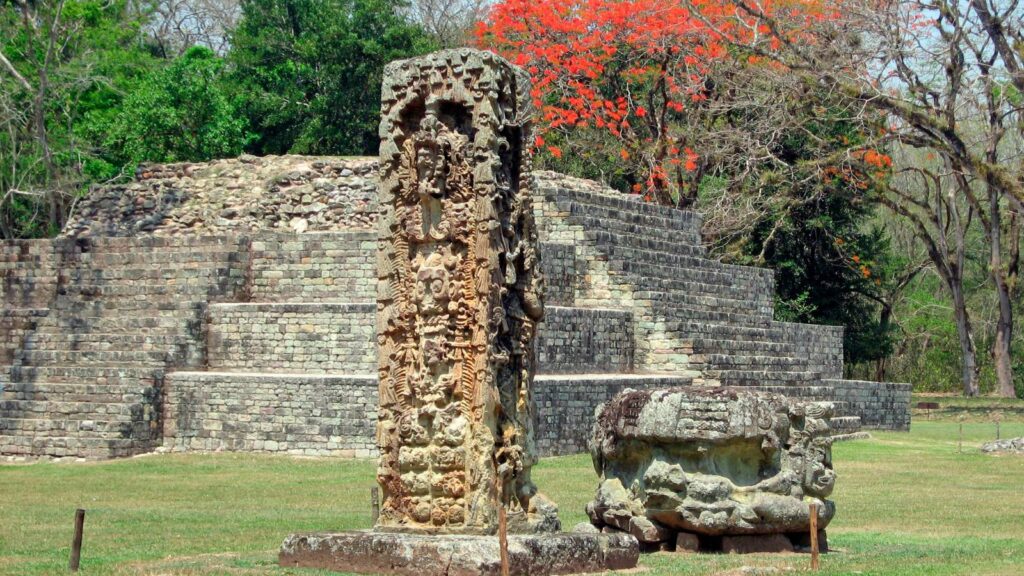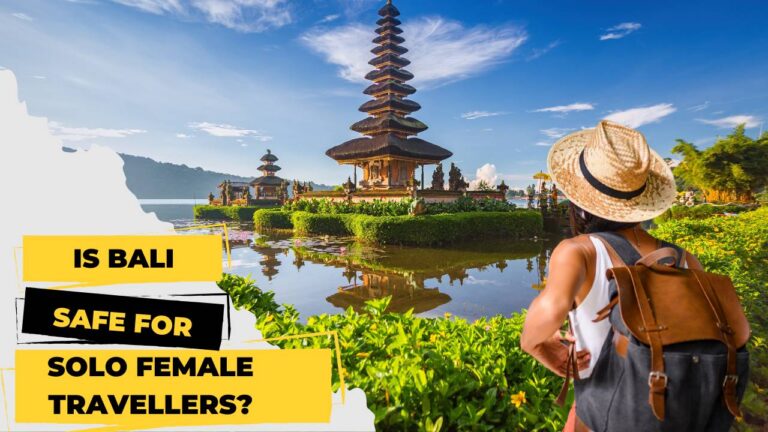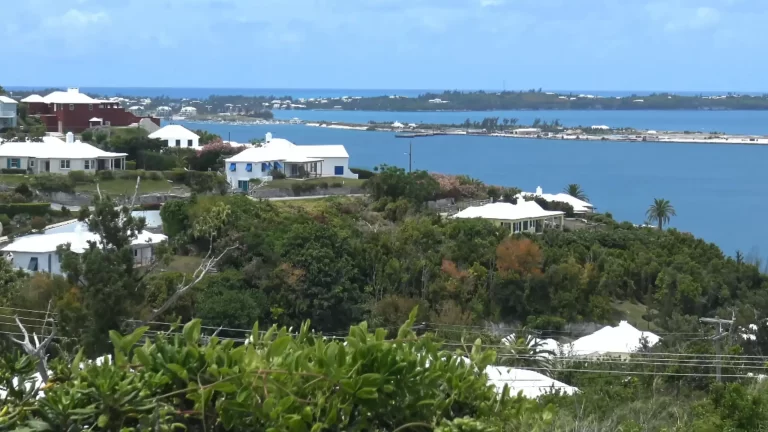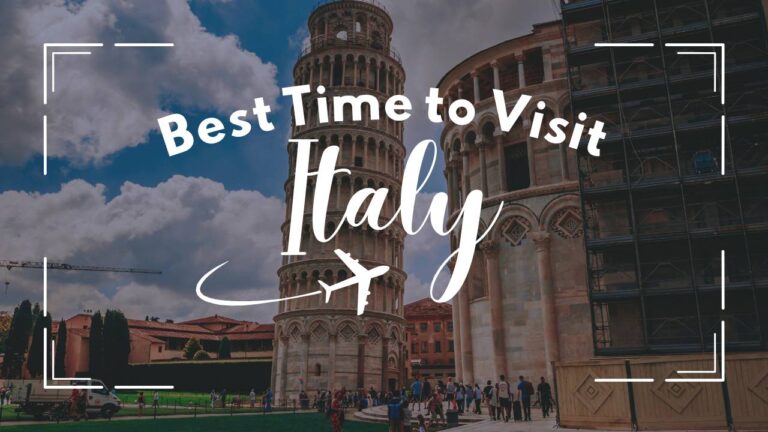When people think of Mayan cities, names like Chichen Itza in Mexico or Tikal in Guatemala usually come to mind. Yet, tucked away in the western highlands of Honduras lies one of the most fascinating but underexplored sites — the Copan Ruins. This once-thriving Mayan city flourished as a hub of politics, astronomy, art, and religion between the 5th and 9th centuries.
Despite its cultural importance, it remains far less commercialized than other Mayan destinations, offering travelers a quieter and more authentic journey into the past. Unlike the towering pyramids of Tikal, Copan is famed for its detailed hieroglyphs, intricate sculptures, and insights into daily Mayan life.
Visiting Copan is not only about seeing ruins but about stepping into a city that once defined intellectual and artistic brilliance in the ancient Americas.
Where Are the Copan Ruins Located? A Traveler’s Guide to Honduras’ Ancient Gem
The Copan Ruins are located in the lush Copán Valley, near the small town of Copán Ruinas, just 12 kilometers from the Guatemalan border. The ruins lie in a fertile valley surrounded by forested mountains, creating a dramatic setting that enhances their mystique.
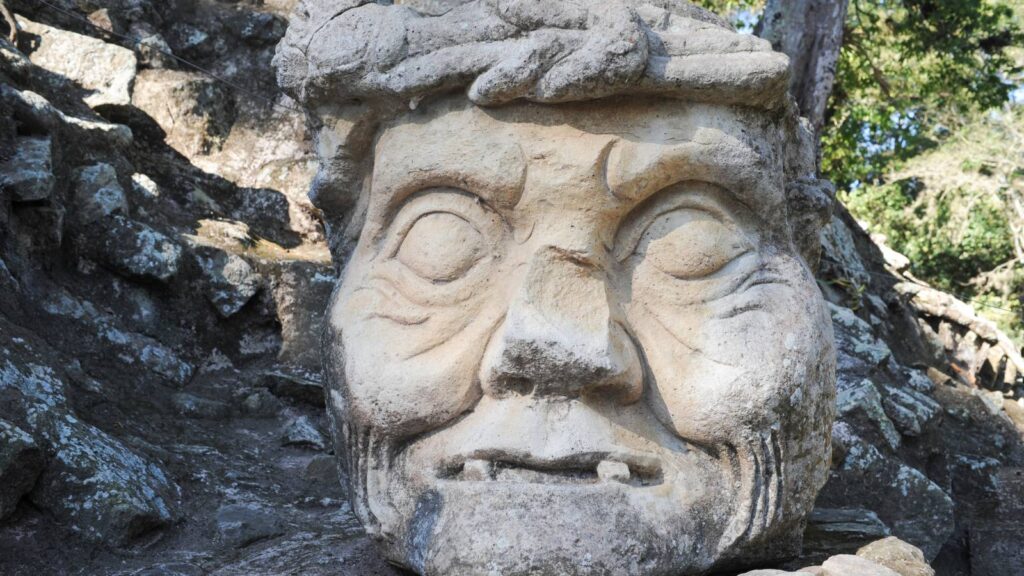
Travelers often combine a trip to Copan with visits to Antigua, Guatemala, or Honduras’ Caribbean coast. The town of Copán Ruinas is well-prepared for tourism, with hotels, restaurants, and tour operators catering to visitors from around the world. Reaching the site is possible by road from San Pedro Sula or Guatemala City, making it a convenient stop on Central American travel routes.
Unlike other Mayan cities, Copan’s compact size allows visitors to explore most of the site in a single day, though history enthusiasts may want to stay longer to fully absorb its depth.
History of Copan: Rise and Fall of a Mayan Civilization
The Copan Ruins tell the story of a civilization that reached extraordinary heights of sophistication. Archaeologists believe the city was first settled around 2000 B.C., but it truly rose to prominence during the Classic Period (250–900 A.D.). At its peak, Copan was home to more than 20,000 people, ruled by a powerful dynasty of kings.
Among the most famous rulers were King Smoke Imix and King 18 Rabbit, who expanded Copan’s influence and commissioned many of the city’s most stunning monuments. Copan was a hub for astronomy, calendar calculations, and religious ceremonies, which reinforced the king’s divine authority.
Like many Mayan cities, Copan eventually fell into decline, likely due to environmental degradation, overpopulation, and political instability. The collapse of Copan by the 9th century left behind silent ruins that whisper the secrets of a once-mighty civilization.
Hieroglyphic Stairway: Longest Ancient Mayan Inscription Ever Discovered
Among the most famous features of the Copan Ruins is the Hieroglyphic Stairway, which remains one of the greatest archaeological discoveries of the Mayan world. Built in the 8th century, this monumental staircase is composed of 63 steps covered with more than 1,800 glyphs. It is the single longest Mayan text ever found and provides an invaluable record of dynastic history.
The stairway narrates events such as wars, religious rituals, and successions of rulers, particularly emphasizing the reigns of Smoke Shell and 18 Rabbit. Some parts of the stairway collapsed over time, leading archaeologists to painstakingly reconstruct its inscriptions.
Despite this challenge, the Hieroglyphic Stairway remains a cornerstone for understanding Mayan writing, making Copan one of the most significant centers for epigraphic studies in the Americas.
Temples and Structures: Exploring the Architectural Wonders of Copan
The Copan Ruins feature a rich collection of temples, palaces, plazas, and ceremonial buildings that reflect the Maya’s mastery of urban planning and architecture. Temple 16 rises above the Acropolis and is built atop earlier temples, showing how the Maya layered their sacred architecture through the centuries.
The Ball Court is another highlight, where ritual ballgames were played with both political and religious significance. Victories in these games were believed to symbolize divine favor, while losses could result in ritual sacrifices.
The Acropolis itself is a sprawling complex with courtyards and stairways, offering panoramic views of the surrounding valley. Each structure served as a symbol of power and a stage for ceremonies, leaving behind a blueprint of a city where religion, politics, and daily life were intricately intertwined.
Mayan Art and Sculpture: Why Copan is Called the “Athens of the Maya”
The Copan Ruins are world-renowned for their intricate artistry. Unlike other Mayan sites that focused primarily on massive architecture, Copan excelled in stone carvings and detailed sculptures. Its stelae — towering stone monuments carved with depictions of rulers and glyphs — are some of the most beautiful ever discovered.
Each stela not only commemorates an individual ruler but also communicates religious symbolism and political messages. The city’s altars, carved with cosmological themes, show the Maya’s deep understanding of astronomy and their belief in a sacred universe.
Archaeologists call Copan the “Athens of the Maya” because of the sheer sophistication of its art, which rivals the cultural achievements of classical civilizations in Greece and Rome.
Mystery of Copan’s Collapse: What Really Happened to the City?
Despite its achievements, the Copan Ruins also tell a cautionary tale of collapse. Archaeologists believe the valley’s limited agricultural land was overworked to feed the city’s growing population, leading to soil depletion and famine.
Environmental degradation, combined with deforestation, made survival increasingly difficult. Political instability and conflict among elites added to the pressure, destabilizing the dynasty that had held Copan together for centuries.
By the late 9th century, Copan was abandoned, leaving behind monuments of grandeur amid a backdrop of decline. The fall of Copan is often studied as a lesson in sustainability, showing how even advanced societies can crumble when natural resources are exploited beyond recovery.
Rediscovery and Excavations: How Archaeologists Brought Copan Back to Life
Although the Copan Ruins were never completely forgotten by local people, they gained international attention in the 19th century. In 1839, explorer John Lloyd Stephens and artist Frederick Catherwood documented the site with detailed descriptions and drawings that captivated the Western world.
Since then, numerous archaeological projects have taken place, including excavations by the Carnegie Institution in the 20th century. These efforts revealed tombs of rulers, underground tunnels, and ceremonial temples hidden beneath the surface.
Today, excavation continues, with archaeologists using modern technology to study Copan’s hieroglyphs and structures, unlocking new details about Mayan governance, astronomy, and daily life.
Copan vs. Chichen Itza and Tikal: Why This Mayan City Deserves More Attention
While Chichen Itza in Mexico and Tikal in Guatemala draw millions of tourists annually, the Copan Ruins remain far less visited. Yet Copan offers unique treasures that rival and even surpass those more famous sites.
Unlike Chichen Itza, which is dominated by grand pyramids, Copan is celebrated for its artistry, inscriptions, and stelae that reveal human stories. Compared to Tikal, Copan provides a more intimate experience, where visitors can walk among temples without the overwhelming crowds.
Lack of commercialization makes Copan ideal for travelers seeking authentic cultural exploration. It is an underrated gem that deserves recognition as one of the most intellectually rich cities of the Mayan world.
Visiting the Copan Ruins Today: Tickets, Tours, and Travel Tips
For travelers, the Copan Ruins are not only historically rich but also highly accessible. Tickets to the archaeological park are reasonably priced, and guided tours are available in English and Spanish, offering deep insights into the site’s history.
The park also includes a Sculpture Museum, which houses original carvings and replicas, including a full-scale model of the Rosalila Temple. Visitors can also explore the tunnels beneath the ruins, where archaeologists discovered hidden temples and offerings.
Best time to visit is during the dry season, from November to April, when the weather is pleasant for exploring. For a complete trip, travelers can spend a few days in Copán Ruinas town, enjoying local markets, Honduran coffee, and cultural experiences.
Beyond the Ruins: Exploring Copan Town and Surrounding Attractions
Adventure doesn’t end at the ruins. The town of Copán Ruinas is a charming destination in itself, filled with cobblestone streets, colorful houses, and friendly locals. Visitors can relax in natural hot springs, take horseback rides through the valley, or visit nearby coffee plantations to learn about Honduras’ coffee culture.
Just outside town, the Macaw Mountain Bird Park is a sanctuary for scarlet macaws, the sacred bird of the Maya, where conservation and eco-tourism meet. Other attractions include local museums, handicraft shops, and hiking trails that allow visitors to experience the natural beauty of the region. This combination of history, culture, and nature makes Copan a destination with something for every kind of traveler.
For history lovers, adventurers, and cultural explorers, Copan is not just a hidden gem — it is a gateway to understanding one of the most brilliant societies ever to exist in the Americas.
FAQs
1. Where are the Copan Ruins located?
The Copan Ruins are located in western Honduras, near the town of Copán Ruinas and close to the Guatemalan border. The site lies in a lush valley surrounded by mountains, making it both historically significant and visually stunning.
2. Why are the Copan Ruins important?
The Copan Ruins are one of the most important Mayan archaeological sites. They are known for the Hieroglyphic Stairway, intricately carved stelae, and remarkable sculptures, earning Copan the nickname “Athens of the Maya.”
3. Who built the Copan Ruins?
The Copan Ruins were built by the ancient Maya civilization. The city was ruled by a powerful dynasty of kings, including notable rulers like King Smoke Imix and King 18 Rabbit, who commissioned many of the monuments and temples still visible today.
4. What is the Hieroglyphic Stairway at Copan?
The Hieroglyphic Stairway is the longest known Mayan inscription, consisting of 63 steps with more than 1,800 glyphs. It documents the dynastic history of Copan’s rulers and provides vital information about Mayan politics and rituals.
5. How old are the Copan Ruins?
The Copan Ruins date back to around 2000 B.C., but the city reached its peak between the 5th and 9th centuries A.D. The monuments and temples you see today were primarily built during this Classic Period of Mayan civilization.
6. How can I visit the Copan Ruins?
Visitors can reach the Copan Ruins by traveling to the nearby town of Copán Ruinas, which is accessible from San Pedro Sula in Honduras or Antigua in Guatemala. The archaeological park is open to the public with affordable entrance fees and guided tours.
7. What can you see at the Copan Ruins?
At Copan, you can explore temples, plazas, ball courts, the Acropolis, and the famous Hieroglyphic Stairway. The site also has a Sculpture Museum showcasing original carvings, along with tunnels that reveal hidden temples and structures.
8. Why did the Copan civilization collapse?
The collapse of Copan is believed to have been caused by overpopulation, deforestation, agricultural exhaustion, and political instability. These pressures eventually led to the city’s decline by the 9th century A.D.
9. Is Copan safe for tourists?
Yes, the Copan Ruins and the town of Copán Ruinas are considered safe for tourists. The area is well-visited by international travelers, with a strong tourism infrastructure, guided tours, and local hospitality.
10. What is the best time to visit the Copan Ruins?
The best time to visit Copan is during the dry season, from November to April. This period offers pleasant weather for walking through the site and exploring the surrounding town and attractions.
